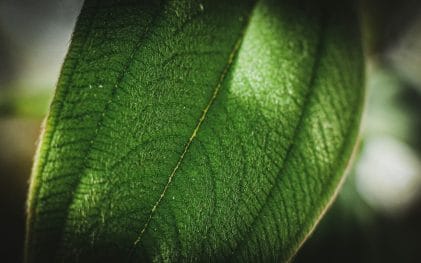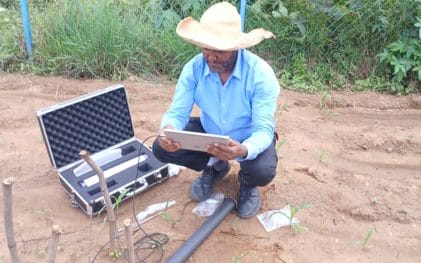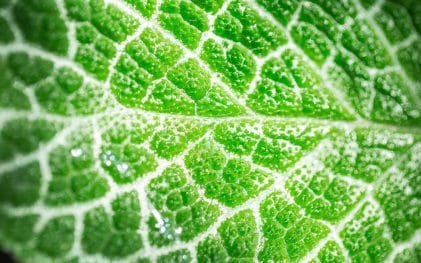Latest metric
What Affects Leaf Area Index Estimation Accuracy in Field and Remote Methods?
TLDR Leaf area index (LAI) field methods are classified into two categories: destructive, direct methods and non-destructive, indirect methods. LAI estimations by the indirect method across the ecosystem, plant, and species are lower than those obtained directly. Clumping, non-random leaf distribution in the canopy, seasonality, and inadvertent inclusion of contributions by woody parts can affect… Continue reading…

Additional reading
What is Root Architecture?
The root system architecture is defined using root morphological, topological, and geometric parameters. Two classification systems developed by Yen et al. (1987) and Fitter et al. (1991) are widely used. Several other classifications for root architecture also exist. Root system forms vary between and within species and are based on the plant’s soil conditions at… Continue reading…
How Does Plant Architecture and Water Use Efficiency Impact Crop Yields?
The effects of different plant architectures on population-level evapotranspiration are not well-known. Plant architecture influences population structure, thereby altering the microclimate. Soil water use can be reduced through shading to minimize evaporation and by reducing canopy temperature. Around 97-99% of the water absorbed by plants is lost as transpiration. As water shortages are increasing and… Continue reading…
How Does Canopy Cover in Deserts Impact Soil, Biodiversity, and Urban Climates?
Vegetation in deserts is patchy and acts as islands of resources. Plant canopy can increase soil fertility, moisture, and microbial diversity. The tree canopy has several benefits for urban settlements in deserts, such as reducing temperatures, air pollutants, and carbon emissions. Deserts make up 33% of terrestrial ecosystems and are present on nearly every continent. They… Continue reading…
Why is Riparian Canopy Cover important for Water Quality and Wildlife
Riparian zones are the transitional areas between water bodies and uplands. Riparian zones provide several ecosystem benefits, such as bank stabilization, water quality and temperature maintenance, lowered downstream flood risks, and wildlife habitat and food. Many of the riparian zone benefits depend on a healthy old-growth canopy cover. Canopy cover and shade of riparian zones… Continue reading…
How UMN Researchers Are Using Minirhizotron Technology to Advance Sustainable Agriculture
In the pursuit of more sustainable and resilient agricultural systems, understanding plant root systems is just as crucial as studying their above-ground growth. Researchers at the University of Minnesota’s Sustainable Cropping Systems Lab and the Intermediate Wheatgrass Breeding Lab are leveraging cutting-edge root imaging technology to better understand the underground dynamics of intermediate wheatgrass, also… Continue reading…
Adapted Plant Traits in Riparian Zones
Riparian plants have anatomical and morphological adaptations that help them persist in the dynamic and variable conditions of the ecotone. Plant adaptations in the riparian ecotones occur in response to periodic flooding, anoxia, low luminosity, and unstable substrate. The adaptations can be in the shoot, leaves, and root systems. Adaptations vary based on life forms,… Continue reading…











